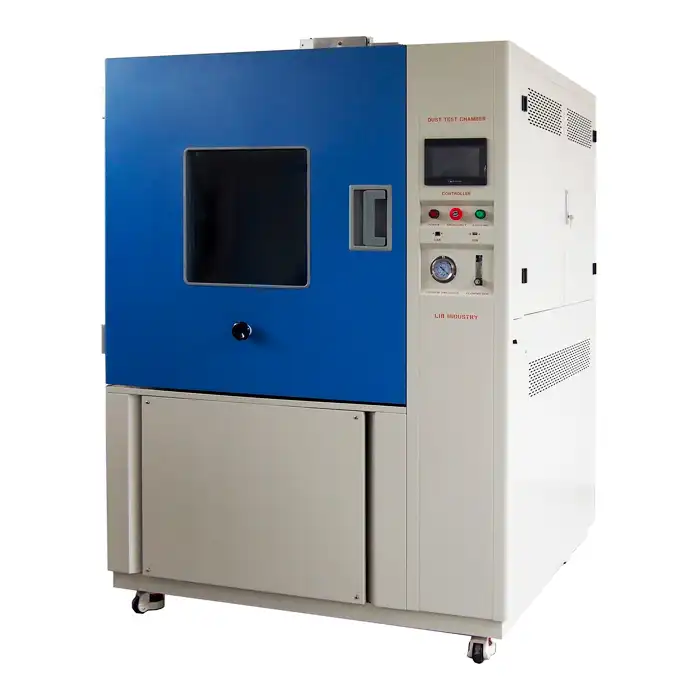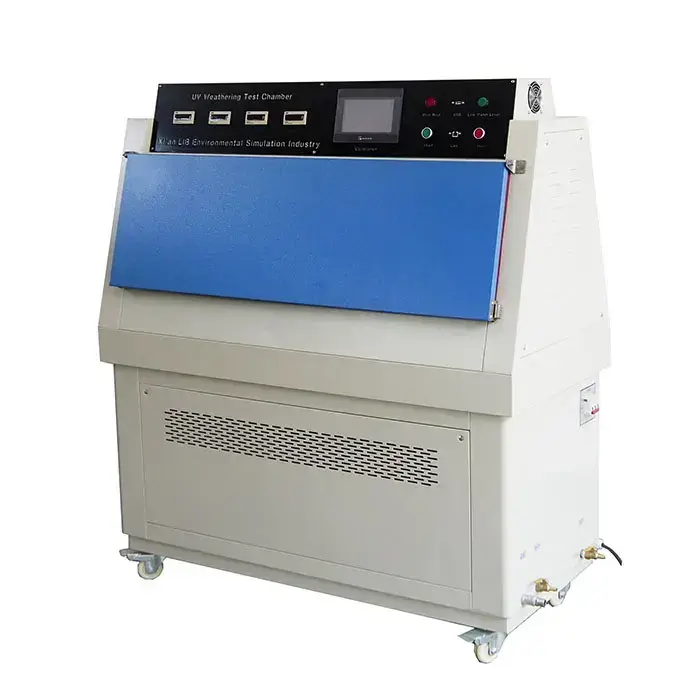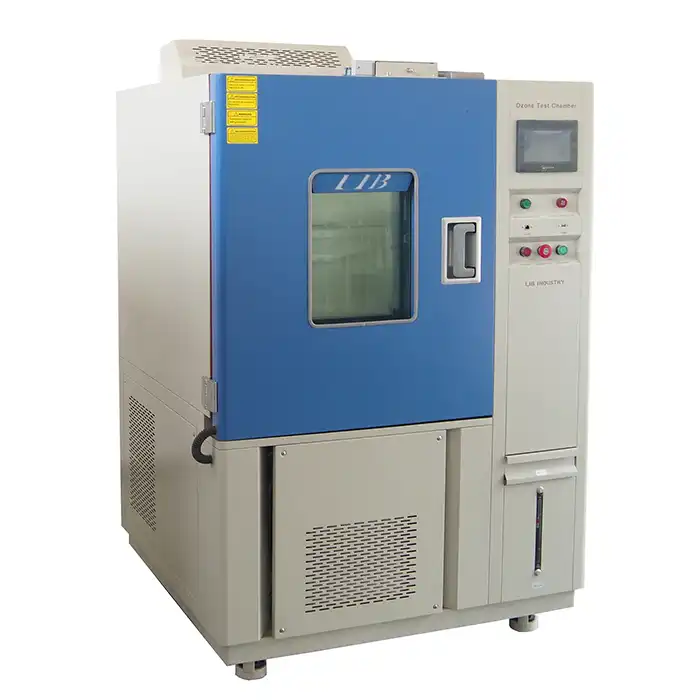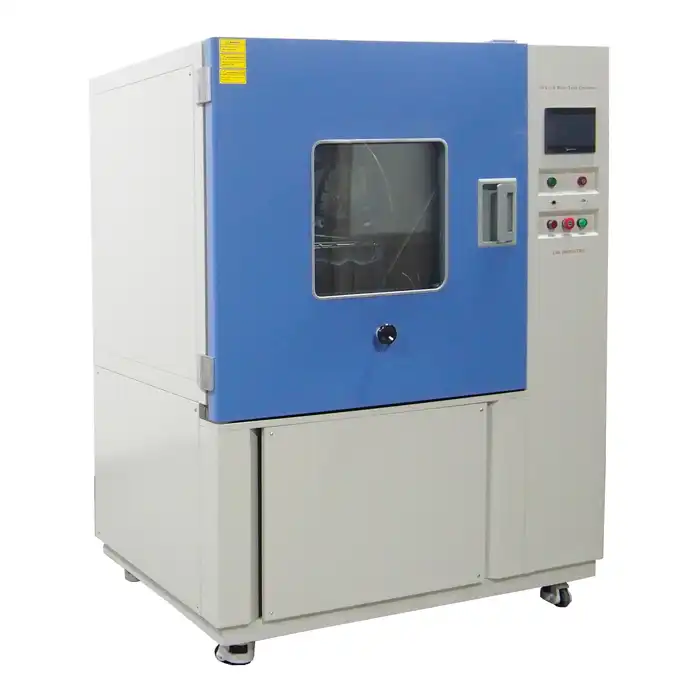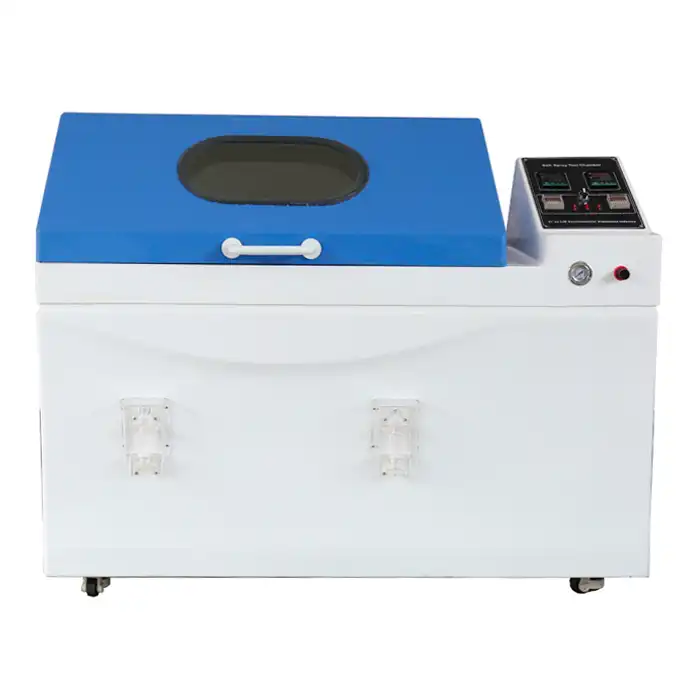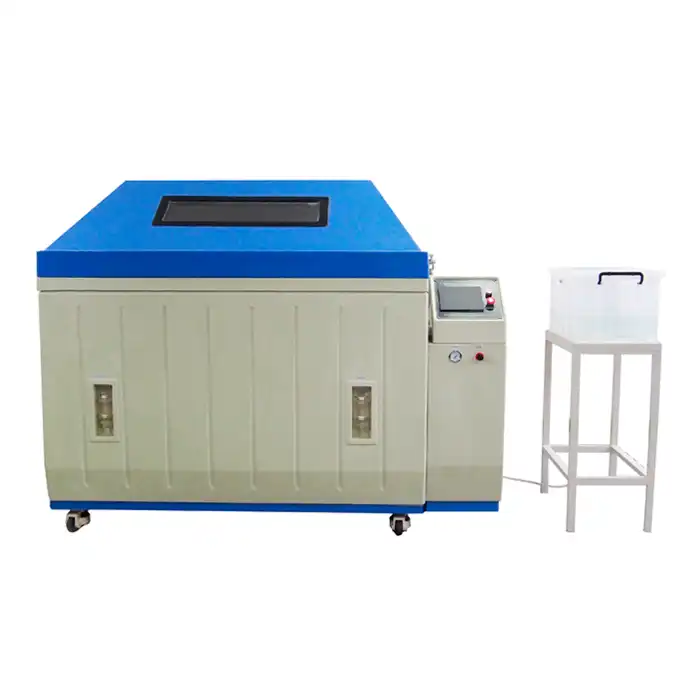Maximizing the Efficiency of Your Salt Spray Corrosion Chamber
Salt spray corrosion chambers are essential for evaluating the durability of materials exposed to harsh environments. However, improper use can lead to inaccurate results, wasted resources, and unnecessary re-testing. Optimizing efficiency ensures reliable data, reduced costs, and extended chamber lifespan. Here's how to get the most out of your salt spray corrosion chamber.
Optimizing Sample Placement and Solution Integrity
Proper sample placement within a salt spray corrosion chamber is critical for achieving uniform and reproducible results. Uneven exposure can lead to misleading data, making it difficult to assess material performance accurately. To enhance test accuracy:
- Maintain adequate spacing: Ensure samples do not obstruct airflow or block the salt mist. Overcrowding can create inconsistent corrosion patterns.
- Position samples at the correct angle: According to ISO 9227 and ASTM B117, specimens should be inclined at 15-30° to allow uniform salt deposition and prevent excessive runoff.
- Use non-reactive racks and holders: Metal fixtures can introduce galvanic interference, distorting corrosion rates. Opt for plastic or coated supports to minimize contamination.
Solution integrity is equally important. A contaminated or improperly mixed salt solution can compromise test results. Regularly check pH levels, salt concentration, and purity to maintain compliance with test standards. Using deionized water and high-purity sodium chloride prevents unwanted chemical interactions that may skew corrosion rates.
Adhering to Standards for Reduced Re-Testing and Comparable Data
Following industry standards ensures test consistency, minimizes errors, and provides data that can be compared across different laboratories. The most widely used standards for salt spray testing include:
- ASTM B117 - The most common standard for salt spray corrosion testing, specifying conditions for fog distribution, solution composition, and test duration.
- ISO 9227 - A globally recognized standard outlining test conditions for neutral salt spray (NSS), acetic acid salt spray (AASS), and copper-accelerated salt spray (CASS) tests.
Non-compliance can lead to invalid test results, requiring costly re-testing. Ensuring chamber calibration, maintaining environmental stability, and following standard procedures guarantee reliable outcomes and industry acceptance.
Proactive Maintenance and Calibration Schedules
Regular maintenance prevents salt spray corrosion chamber malfunctions, extends equipment life, and ensures test accuracy. Neglecting upkeep can lead to fluctuating salt mist concentrations, temperature inconsistencies, and clogged nozzles. A structured maintenance plan should include:
- Daily Inspections: Check for salt buildup, verify fog distribution, and inspect specimen racks.
- Weekly Cleaning: Flush out the nozzles, clean the chamber walls, and check for corrosion in critical components.
- Monthly Calibration: Verify temperature, humidity, and salt spray concentration using certified instruments. Adjust settings as needed to maintain accuracy.
A well-maintained salt spray corrosion chamber not only delivers precise results but also reduces downtime and costly repairs.
Strategic Test Planning and Chamber Loading
Maximizing efficiency involves careful planning before testing begins. Test duration, chamber load, and environmental conditions all impact results.
- Group similar materials together: Testing different alloys or coatings simultaneously under similar conditions improves efficiency and enables comparative analysis.
- Avoid overloading: Overcrowding can obstruct salt spray distribution, leading to inconsistent corrosion rates. Maintain proper spacing for uniform exposure.
- Use reference samples: Including control specimens with known corrosion resistance helps validate test accuracy and detect potential chamber inconsistencies.
A strategic approach to test planning ensures high-quality data while optimizing salt spray corrosion chamber capacity and reducing test time.
Efficient Data Collection and Interpretation
Accurate data collection is the foundation of meaningful corrosion analysis. Implementing digital logging systems and automated monitoring tools enhances efficiency and reduces human error.
- Use image analysis software to quantify corrosion rates and identify failure patterns.
- Standardize evaluation criteria to ensure consistency in rust percentage, blistering, and pitting assessments.
- Maintain detailed test logs to track environmental conditions, sample positioning, and test duration for future reference.
A structured approach to data collection allows for precise comparisons and informed decision-making regarding material performance.
Optimizing your salt spray corrosion chamber improves test reliability, reduces costs, and enhances productivity. For high-quality, reliable salt spray corrosion chambers, LIB Industry provides turnkey solutions tailored to your needs. Contact us at ellen@lib-industry.com to learn more.
References
1. ASTM B117 - Standard Practice for Operating Salt Spray (Fog) Apparatus.
2. ISO 9227 - Corrosion Tests in Artificial Atmospheres - Salt Spray Tests.
3. G. Frankel, "Corrosion Science and Engineering," Springer, 2021.
4. M. Stratmann, "Electrochemical Aspects of Corrosion," Elsevier, 2019.



